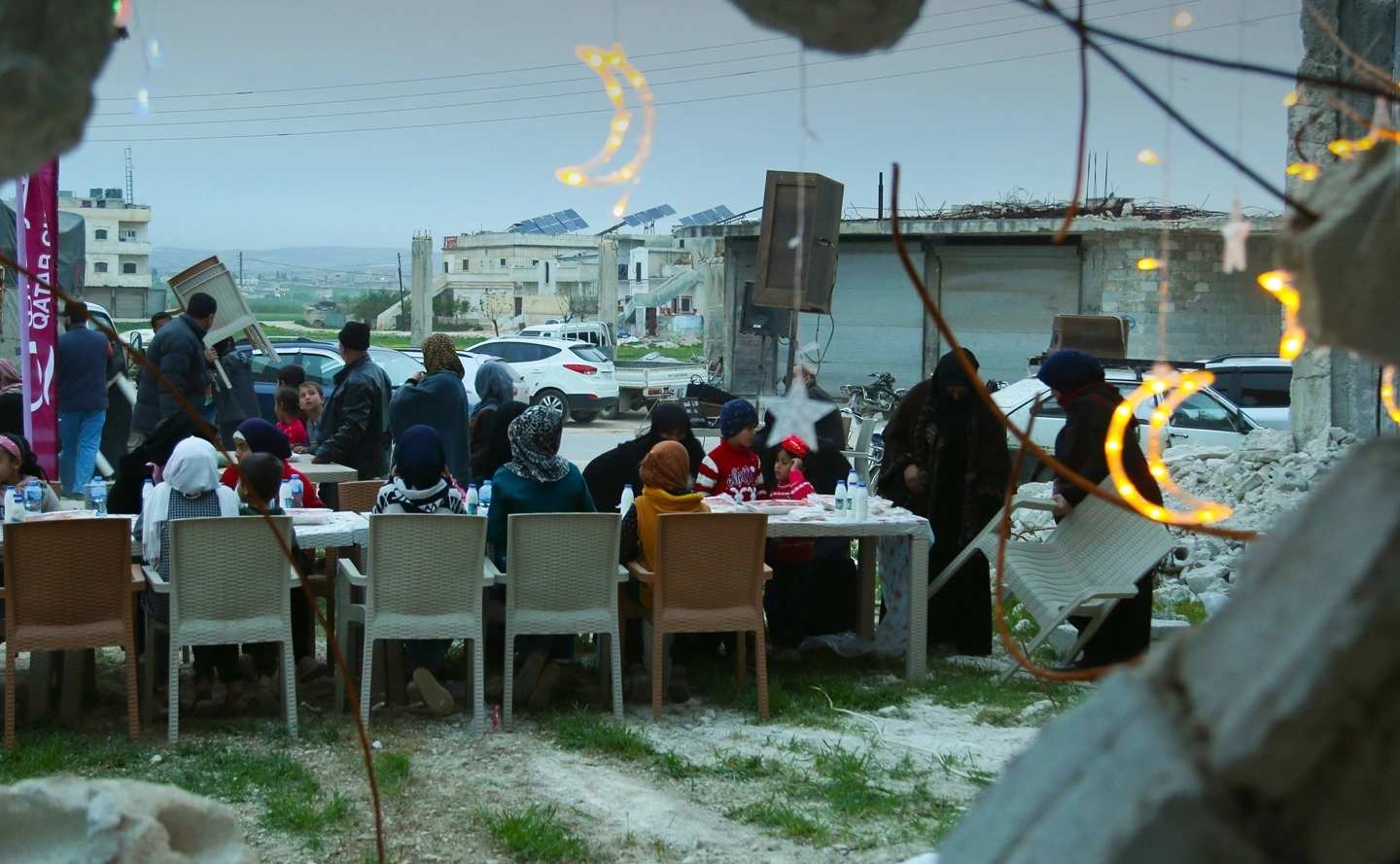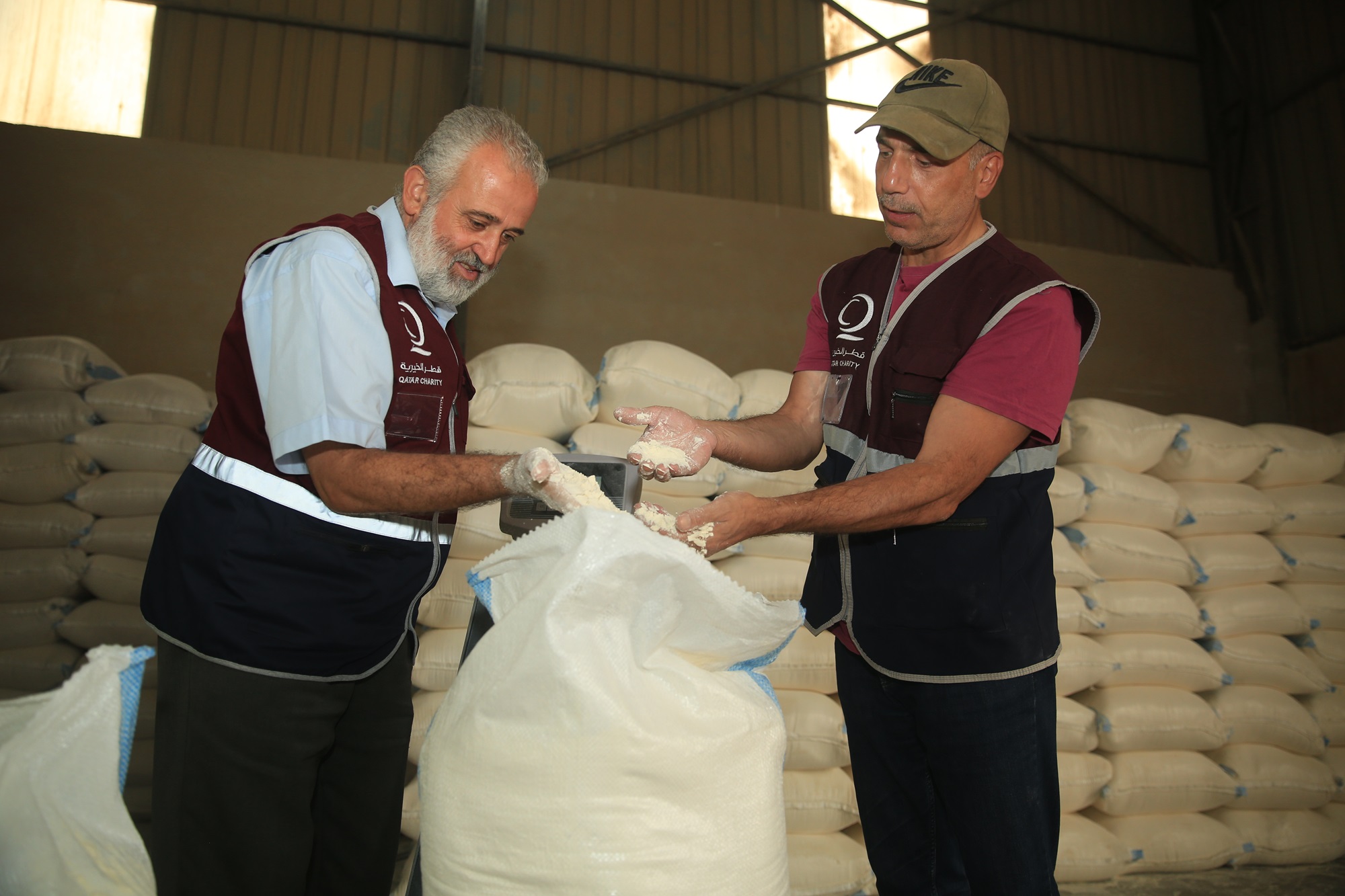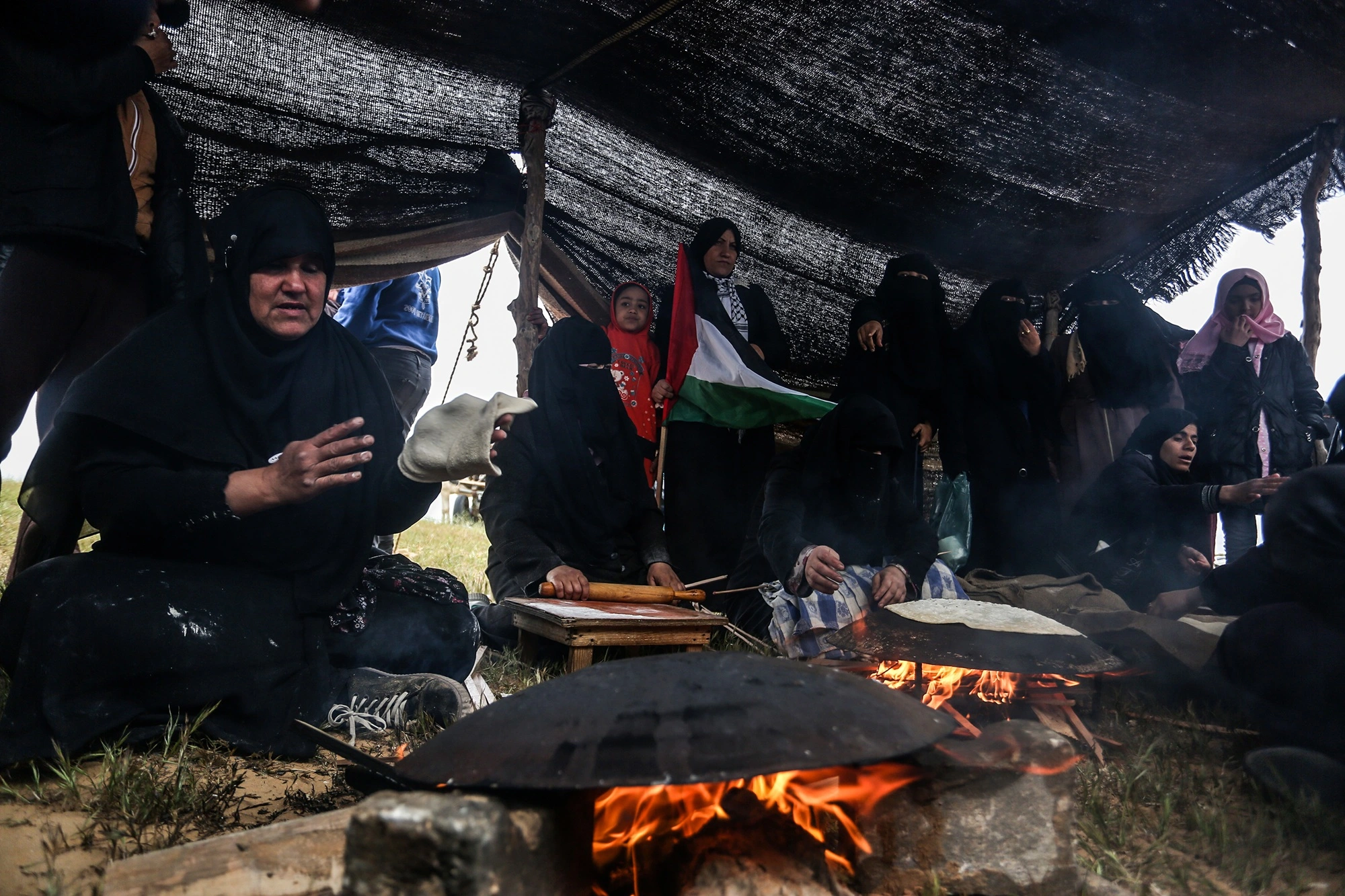In the realm of humanitarian operations, ensuring the safety and security of aid workers, beneficiaries, and resources is paramount. However, operating in complex and often volatile environments presents numerous security challenges. Effective security risk management is therefore essential to mitigate risks and safeguard the success of humanitarian missions.
Beginning 1990, aid organizations have been awake to the serious security risks inherent in their work, and have made steady progress in developing systems, tools, and approaches to mitigate them — a body of practice known as security risk management (SRM).
As SRM has spread across the humanitarian sector, it has become more sophisticated and institutionalized within organizations, for the purpose of enabling operations in high-risk areas. At its best, SRM is inseparable from programming, used as both a support and a means to achieve aid objectives.
Humanitarian operations frequently take place in areas affected by conflict, natural disasters, or political instability. These environments are characterized by various security threats, including armed conflict, criminal activities, civil unrest, and hazards like disease outbreaks or environmental risks.
Each context demands a tailored approach to security risk management.
comprehensive risk assessments are the foundation of effective security risk management. This involves analyzing potential threats, vulnerabilities, and the impact of security incidents on personnel, assets, and operations.
assessments, organizations develop robust security plans that outline strategies, protocols, and measures to mitigate identified risks. This includes security protocols for personnel safety, asset protection, communication procedures, evacuation plans, and crisis management frameworks.
Humanitarian agencies invest in training programs to equip staff with essential security skills and knowledge. Training covers areas such as conflict resolution, first aid, security awareness, communication security.
Implementing physical and technical security measures is crucial. This includes establishing secure compounds or bases, using access control measures, employing security personnel or escorts, installing alarms or surveillance systems, and ensuring cybersecurity to protect sensitive data.
Collaboration and coordination among humanitarian actors, local authorities, security forces, and other stakeholders are vital for effective security risk management.
Despite efforts to enhance security risk management, challenges persist. Limited access to insecure areas, lack of resources, bureaucratic hurdles, and the dynamic nature of security threats pose ongoing challenges.
Security risk management is a continuous and evolving process in humanitarian operations. By prioritizing risk assessments, robust planning, training, coordination, and innovative solutions, organizations can effectively navigate security challenges and ensure the safety and success of humanitarian endeavors.









